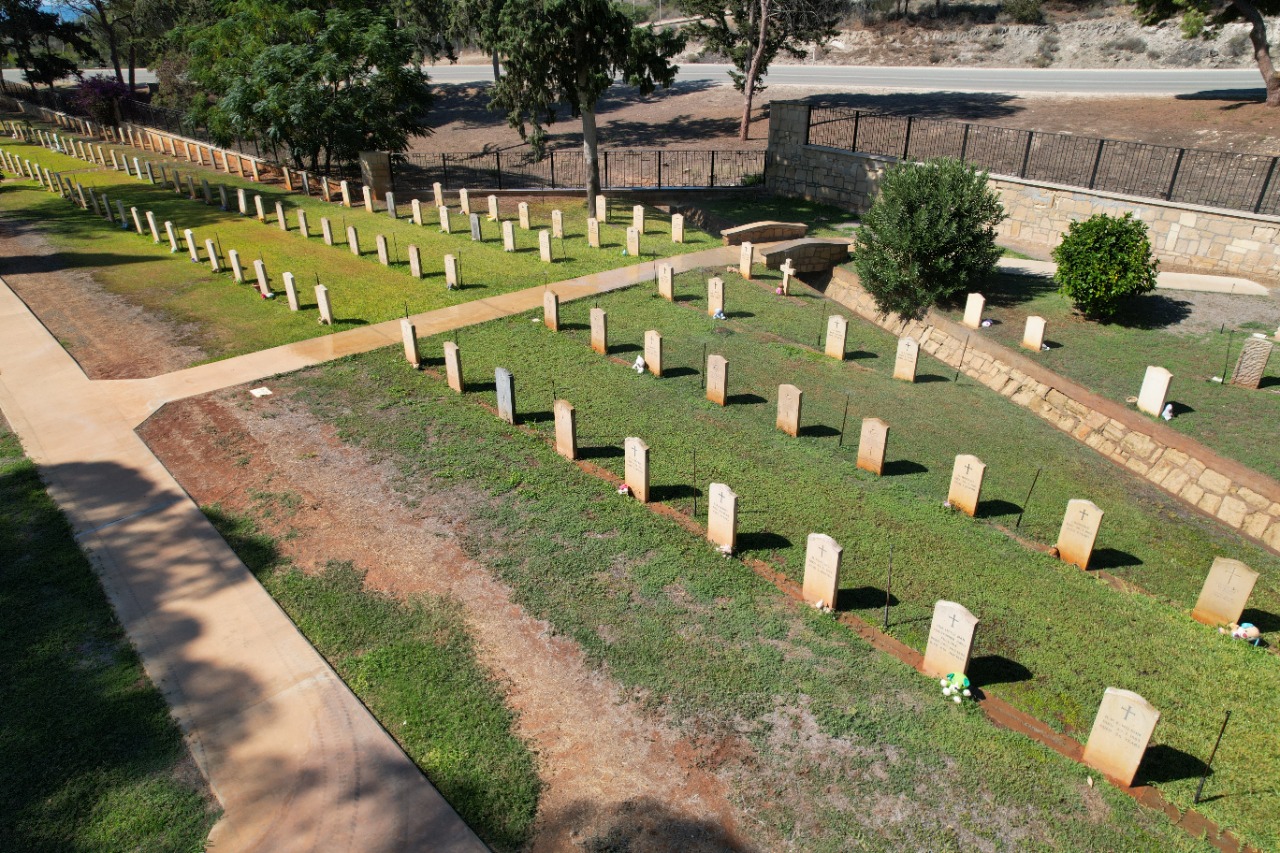My name is John Brown and I served in the British army here in Cyprus from 1958-1963 and again from 1966-1968. When Nathan Morley wrote a similar article to the Sunday Mail’s (A touch of colour for the babies’ graves, October 9) in 2009, concerning the number of children’s graves at Dhekelia military cemetery speculating widely on their causes of death.
During the Eoka campaign, 1955-1959, there were around 41,00 British service personnel on the island, many with their families. Medical provision was made for them in a number of hospitals – in the west, now the WSBA, at the Princess Mary Hospital (TPMH) in Akrotiri. The original TPMH hospital was an older cottage type hospital in a number of single storey buildings until a new hospital was built at the site in 1963. I personally was an in-patient at TPMH in 1959, suffering from quinsy, in the contagious diseases department. Because of its location, it catered for service personnel and their families from the Akrotiri and Episkopi stations.
There was also at this time an older British military hospital in Nicosia, which required modernisation and which eventually closed on December 15, 1959. Planning ahead for this, a purpose-built modern British military hospital was built in Dhekelia, opening on October 15, 1958, in the east of the island, in what is now called the ESBA. BMH Dhekelia took over the responsibility of maternity care, including obstetrics and gynaecology from BMH Nicosia and catered for all families from the Nicosia, Famagusta (including Ayios Nikolaos) and Larnaca districts; pregnant ladies were bussed weekly to Dhekelia for observation, counselling and health checks – those travelling in this way gave the weekly trips the nickname of the Pudding Club outings. My first child, a son, was born there on October 10, 1961 so I have first hand knowledge of arrangements at the time. I was even a patient there for a tonsillectomy and a broken finger.
There were no plague, cholera, typhoid or meningitis outbreaks at the time. It is sad to see so many children’s graves but when you had so many premature births and resultant deaths in the maternity wing at a time of less well developed medical knowledge it is not surprising to find there headstones such as “Baby Jones 5 hours”. Even your article says: “Professor Evans’ overall conclusions are that the mortality rates are not notably out of line of what might be expected in the conditions existing in Cyprus in the 1960s.”
John Brown







Click here to change your cookie preferences